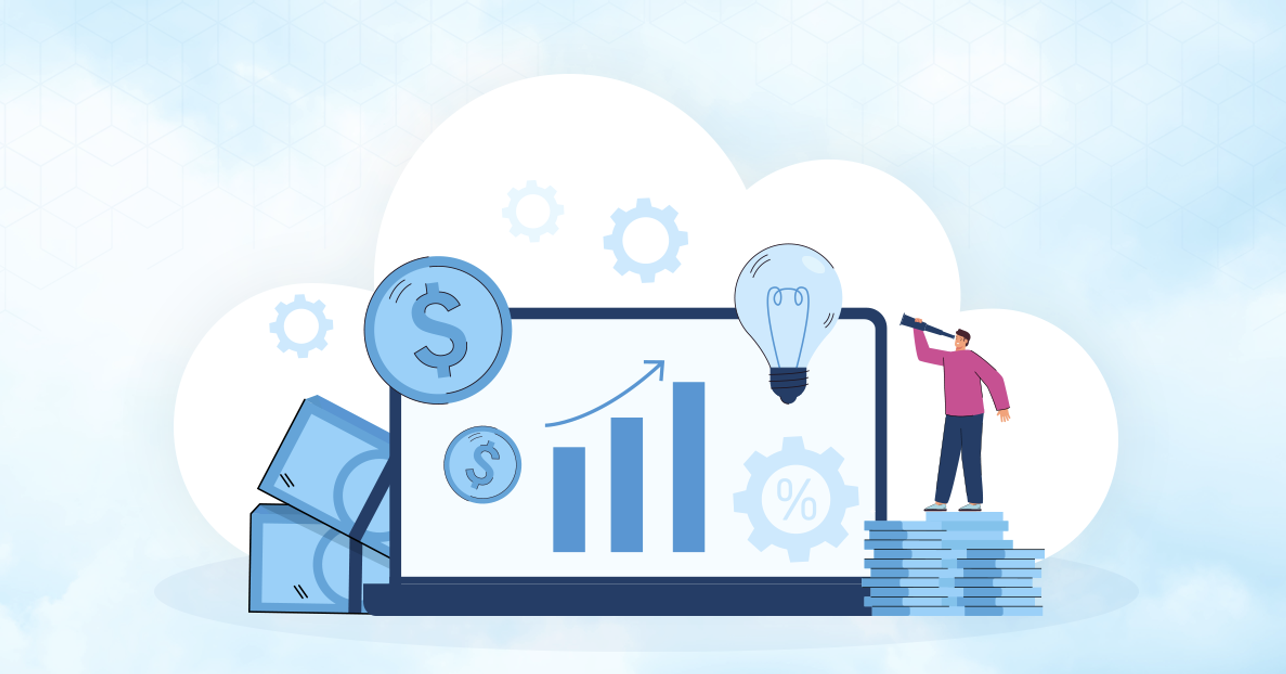Business
7 practices to implement Cloud FinOps in your organization

Cloud adoption has become an integral part of the digital transformation journey due to its numerous benefits. As organizations are embracing the cloud, they face a few challenges, the most critical of them being managing and optimizing cloud costs. This is where Cloud FinOps comes into the picture.
What is FinOps?
According to the FinOps Foundation, FinOps is an operational framework and cultural practice that maximizes the business value of the cloud, enables timely data-driven decision-making, and creates financial accountability through collaboration between engineering, finance, and business teams. By using FinOps consulting effectively, there can be a significant reduction in cloud costs and better utilization of resources. Hence cloud FinOps has a huge financial impact as it minimizes the cloud cost and maximizes the ROI.

Best Practices for Implementing Cloud FinOps
Listed below are a few Cloud FinOps practices that can help make every dollar spent on the cloud count!
Designing a team with a cost-conscious mindset:
The FinOps consulting team helps in bringing cross-functional teams together with a collective objective of cloud cost optimization. The Cloud FinOps team clearly defines goals and sets the entire roadmap of the Cloud FinOps journey. Through the FinOps consulting team, the Finance, CloudOps, and Engineering teams can collaborate and achieve the collective goal of optimizing resources and reducing cloud costs. This makes the team responsible for their cloud spend, gives them accountability for their costs, and empowers them to optimize cloud costs. Regular meetings can be held to ensure all the teams are in sync and working to boost performance along with reducing cloud costs.
Set key performance indicators:
The FinOps team of the organization sets up best practices and develops metrics and KPIs that different teams understand and can adopt. These metrics act as a measurable benchmark for different teams. A few of the common KPIs are – Savings Plan coverage, usage on weekends vs weekdays, RI coverage, etc.
Enhancing cloud visibility:
The cloud FinOps team ensures that all the teams involved in the cloud have clear visibility of cloud costs and spending. This ensures that each team is aware of how their activities are impacting the overall cloud cost of the organization. After establishing the cloud visibility across the organization, it should be communicated across and then it should be considered how the resources and cloud cost can be further optimized. The real-time visibility of cloud spend plays a key role in making informed decisions.
Resource optimization:
After achieving cloud cost visibility, various teams are aware of their cloud spend. Then the teams analyze the whole process and do a detailed cost-benefit analysis. It also helps in creating the estimates for the entire year. The cloud FinOps consulting team brainstorms and implements robust cost allocation strategies and attributes cloud cost to various teams. Cloud FinOps tools evaluate the ROI of all the cloud assets, which helps eliminate all the extra costs incurred.
Cloud spend forecasting:
The cloud cost optimization tools used by the Cloud FinOps team are beneficial in implementing a robust cloud spend forecast mechanism for upcoming months. These tools help in preventing last-minute cloud cost prices and help in cloud cost management. The cloud cost forecasting tools have the following features –
- Enhanced cloud cost visibility for future months.
- Better understanding of cloud cost and its usage.
- Anomaly detection and notifying the surge in cloud spend.
- Helps in efficient cloud spend forecasting which results in creating a cloud spending budget with the minimum occurrence of unexpected cloud costs.
- Efficient chargeback and showback due to effective cost allocation by cloud FinOps cost management tools.
- Setting up benchmarks and KPIs to track the progress of different teams.
Referring to a single source for cloud costs
In big organizations, there can be different tools to monitor and manage cloud costs with each team using different tools. This may provide various results and create a problem as each team would be analyzing the cost with different tools. To maintain uniformity and agreement in numbers, the entire organization should refer to a single source for getting insights into cloud costs.
Understanding the Unit costs
As the business expands, new features are added, and cloud costs increase. So, cutting costs and saving money should not be done in this scenario as increasing cloud spend is leading to innovation. Unit cost is the cloud metric that the cloud FinOps team should be tracking in the organization. By considering the unit costs, the cloud cost is measured in the context of the business expansion. The unit costs measure the average cost per customer, user session, transaction, etc. This helps in getting a more granular level of insights into effective cost optimization.
Conclusion
Cloud FinOps helps in transforming the cloud journey, making it more cost and resource-efficient. It meets the financial and strategic goals of the organization. By following the above steps, one can implement Cloud FinOps in their organization.
